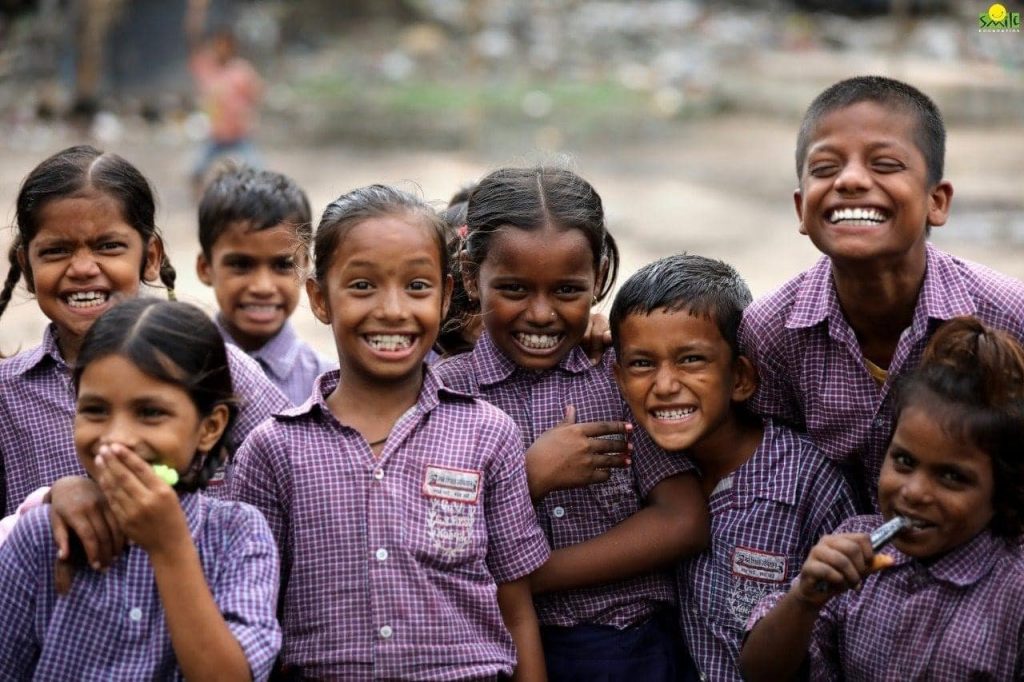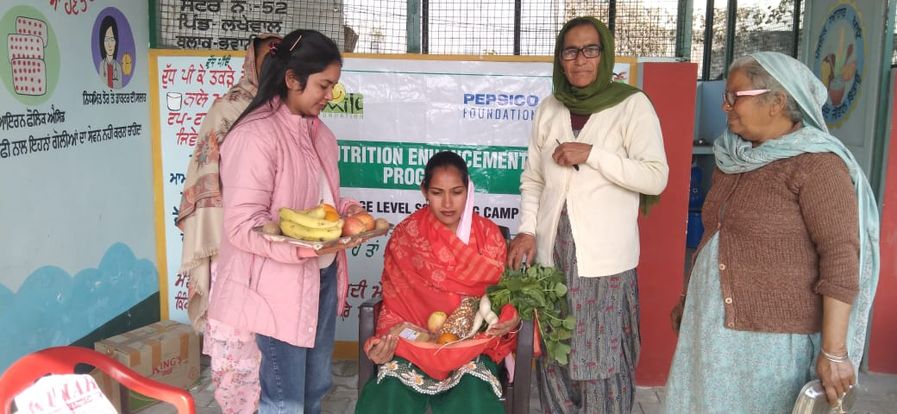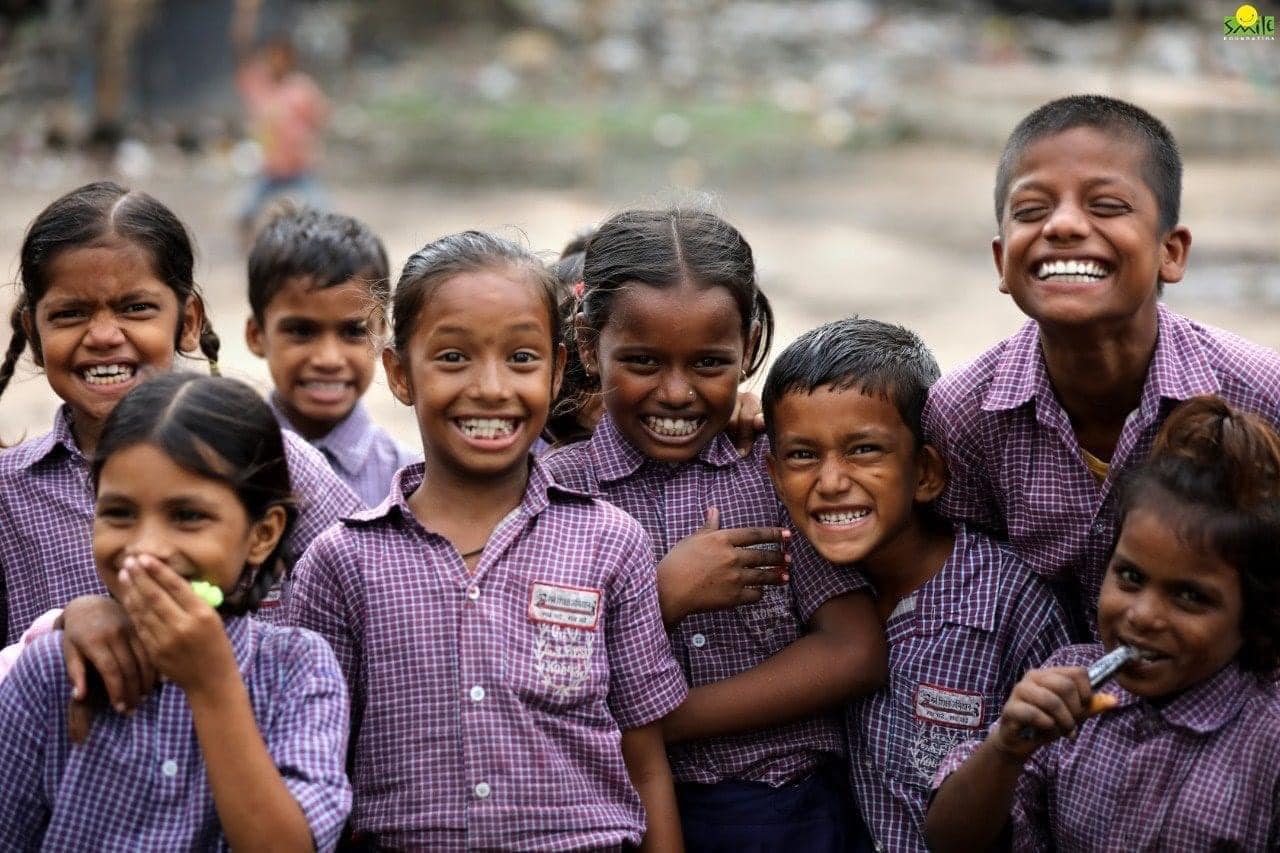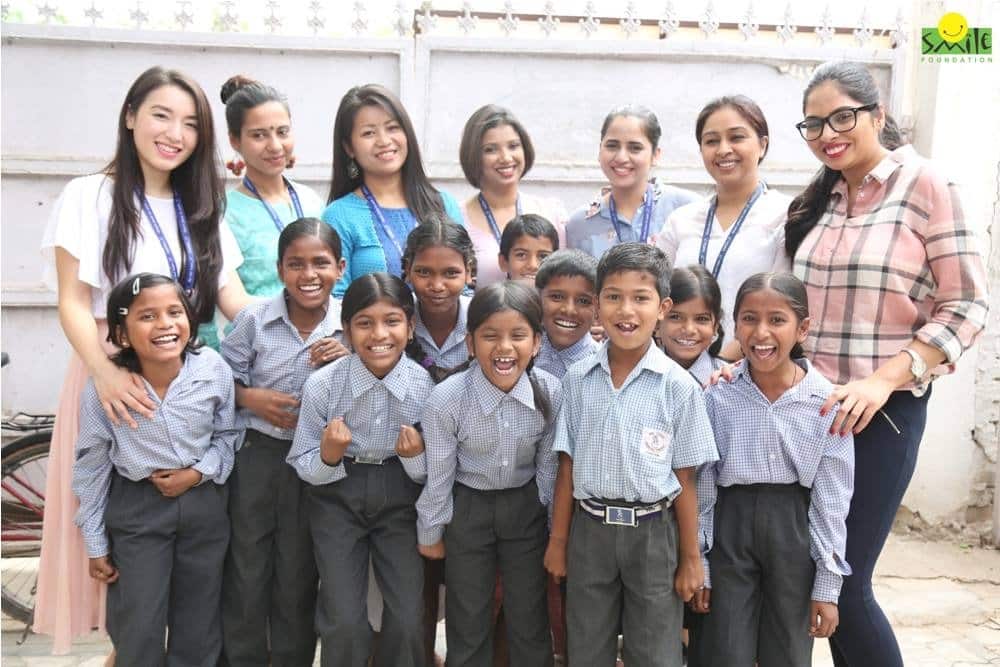Correlation is not causation, goes an important saying in the field of research. It means that just because two events occur in correlation to each other, it does not prove the fact that one event is occurring in response to the other.
In life, we tend to form many assumptions, primarily those that help us find simple solutions to complex problems. This is one of the many cognitive biases that we possess and it may be extremely harmful to us when it comes to making sense of the world around us, taking important decisions, or framing policies.
One such assumption that many people may have been that ensuring a high student attendance in classrooms is a sure shot way of improving their academic performance. However, there is no direct correlation between higher attendance in the classroom and better learning.
This can be proven from the not-so-surprising results of the latest ASER (Annual Survey of Education Research) report which has revealed that only 25 percent of rural teenagers in India are able to read a vernacular text fluently. This is the situation even when 86 per cent of rural teenagers attend the school regularly.
The ASER report, which is released by Pratham Education Foundation, has been exposing the difficult situation of Indian education system, especially in its rural region and has been a talking point for years. The reports published regularly highlight the learning levels of students in rural and semi-urban areas, sometimes to the point that a student in class 8th is not able to read 3rd standard textbooks or solve mathematical formular of a much-lower grade.
Focus on Student Attendance
Rural education in India has been a subject of concern ever since Independence. While the urban areas could benefit because of economic boom, especially in the post-liberalization era, the rural population continued to rely on insufficient public education infrastructure.
Added to this were a myriad of social barriers like gender bias, lack of awareness regarding education, and general apathy of parents, that kept the rural children away from schools for decades.
One of the biggest government interventions in this area was the Sarva Shiksha Abhiyan that was launched in the year 2001-2002. The goal of the program was to provide universal access to elementary education in India by establishing schools in areas that did not have any such infrastructure.
The vision of Sarva Shiksha Abhiyan was much-suited for the problem of that time when there were not even sufficient primary schools in the country. This meant that students, if enrolled in primary schools, had to sometimes walk for several kilometres to reach the nearest facility.
The purpose and aim of the program were to bridge this gap, spread awareness, and motivate the parents to send their kids to schools. The School Chalein Hum campaign became an important milestone in this journey.
Following this, another initiative from the Government of India was Right to Education, which made free and compulsory education available to students in the age group of six to fourteen years. These initiatives ensured that millions of students entered the schooling system within a span of a few years.
Over the years, a focus on infrastructure capability building and ensuring attendance of students has led to a positive trend in this direction. However, the problem today goes beyond that. While we addressed the issue of improper infrastructure and short-attendance at the time when it was needed, we have probably not been able to make a pivot as per changing needs and requirements.
Beyond Attendance and Infrastructure
As we ensure that more and more rural students attend the schools, there is also an urgent need to provide quality education. This is because results cannot be achieved merely by ensuring physical presence of students in a classroom.
Parents who come from comparatively affluent backgrounds in the rural regions are also giving preference to local private schools over government institutions because of the same reason. Studies have also shown that there is an aspirational factor when it comes to parents choosing a rural private school for their children.
This may be attributed to the fact that rural government schools do not enjoy a good reputation among the community and many expert-level reports solidify this belief. While this perception may vary from state to state, the overall perception still remains the same.
We can understand this with a thought-experiment. If you are a parent living in any part of the country and if you can afford a private education for your kid, what would you choose? The answer is easy to guess. Therefore, rural schools are not just struggling with a problem of quality and insufficient infrastructure, but also a huge perception deficit.
Another important aspect that rural schools need to focus on is digital inclusion. With internet penetration increasing across the country and new-age technology like Artificial Intelligence becoming a new normal, these schools cannot continue to follow the old patterns of teaching. An integration of modern technology is a must for providing equitable education to the majority of the students in the country.
The Way Forward for Rural Schools
Over the years, we have seen some positive experiments in this area, both by non-government and government organizations. Smart classrooms are being created in various public schools across the country. Apart from this, there is also a focus on bringing rural schools up to speed with the rapid changes in education delivery.
While this may seem like a huge task to achieve, the capability in India’s public sector and CSR through partnerships with Smile Foundation’s Mission Education program cannot be ignored. With right focus and direction, a positive shift can be expected in this area in the coming years. But to do that, we need to move our focus merely on attendance of students to the quality of education, infrastructure, new-age technology, and much more. This is the need of the hour for millions of rural students in India.









